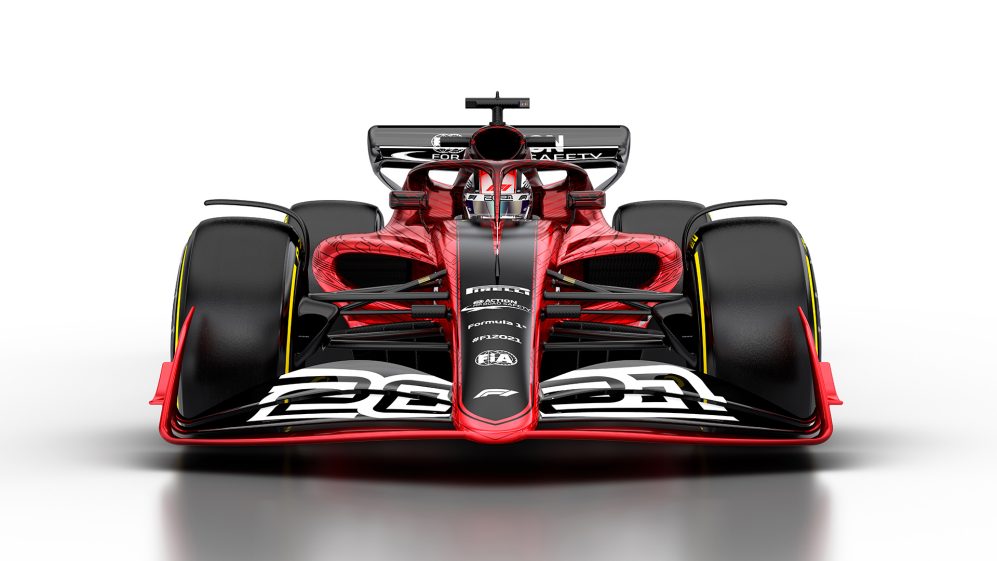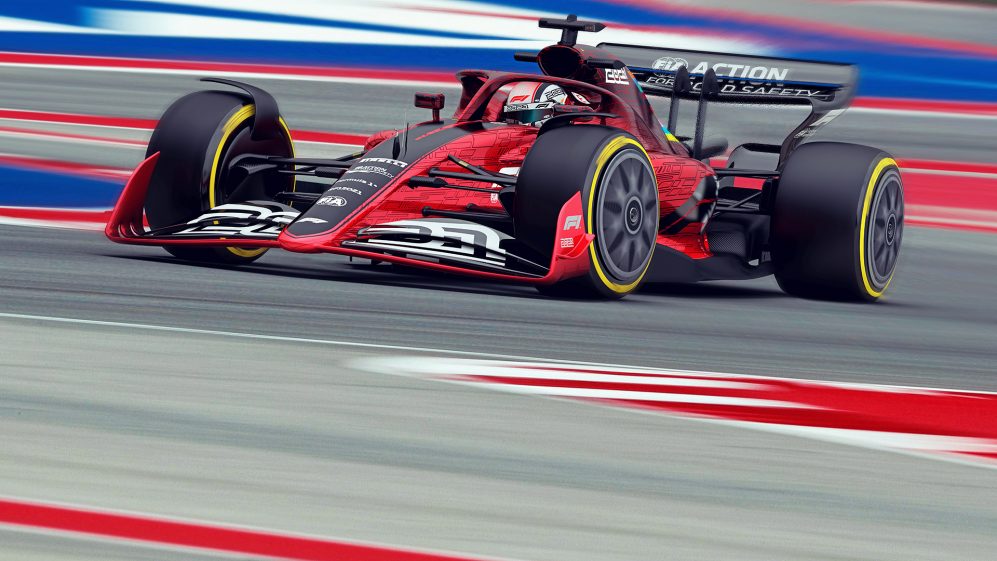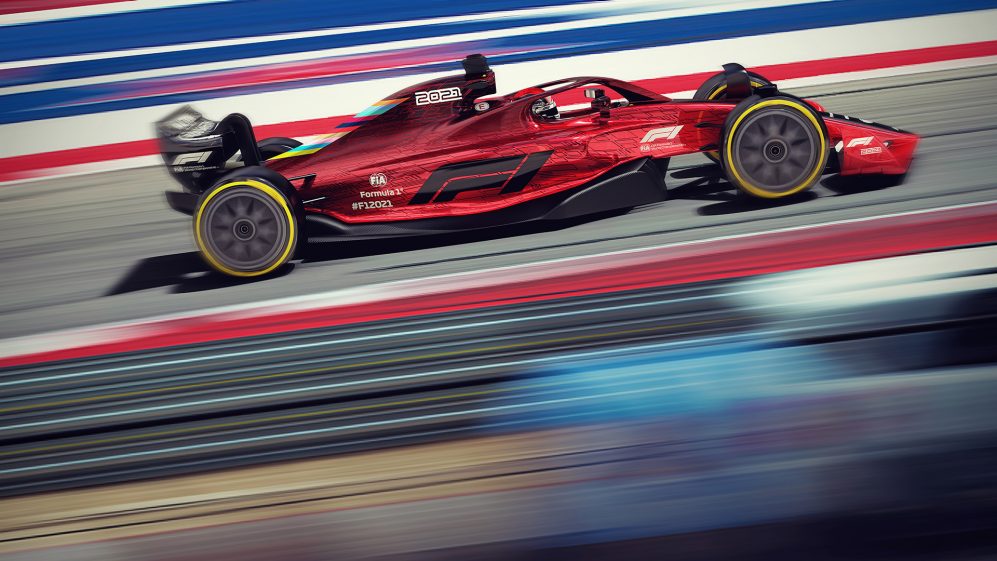Formula One™ has just unveiled its new vision for the sport, revealing the much-anticipated 2021 regulations change that is viewed by many as the most radical overhaul in the sport’s history.
But what do the rule changes mean, why do they matter and what will the impact be on fans and partners of the sport? Lizzie Isherwood of ESA member CSM Sport & Entertainment breaks down the regulations.

The big change: closer racing
One of the main aims of the new-for-2021 rules is to improve the spectacle of Formula One™, meaning closer, more exciting racing.
This will be achieved by making it easier for one car to follow another and mount a challenge. Why can’t they do that now? Because of something known as ‘dirty air’. All too often, we see exciting battles fail to materialise because once a car gets close, it loses so much grip that it can’t mount a challenge. That’s thanks to dirty air.
What is dirty air?
Quite simply, once a car passes through clean air at speed, that air becomes turbulent and although that turbulence can’t be seen, it has a major impact on the car following.
Why?
Because cars rely on downforce to grip the track; downforce is achieved by generating low pressure under the car, but to lower air pressure you need to increase speed. When the air is ‘dirty’, it’s far less compliant and it simply won’t travel as quickly as ‘clean air’, resulting in less grip, which is why challenges so often fall away when cars get close to each other under the current rules.
So what’s changing?
The new regulations address this issue in two ways:
- There will be restrictions on how teams approach the front area of the car – expect fewer exterior elements, vanes etc. This will result in the cars pushing less dirty air away from the front tyres
- More powerful diffusers will be introduced, which will push dirty air from the back over the car behind, rather than in to its path, lessening the impact on downforce and meaning the following car will be more able to attempt a pass
What other regulations will change?
In-season aerodynamic development will be restricted, reducing costs to teams, while some parts of the car – such as fuel pumps – will be standardised. There will also be a restriction on how regularly certain components can be replaced across the season, with a view to further reducing costs.
Will the cars be faster?
In a word…no, at least not at first. As a result of the regulations, the cars will be around 25kg heavier than the current models. This will result in cars being around 3.5 seconds a lap slower. However, the net gain is closer, more exciting racing, so there is a consensus that the means will justify the ends in this respect.
How will race weekends change?
The draft regulations agree a maximum of 25 races per year. Both logistically and on a personal level for the teams, this is a major uplift in work and time away from home. To counter that, race weekends will be restricted to three days, with the standard Thursday media commitments being moved to Friday.
Track action will – for now – maintain the same format, with two 90-minute practice sessions on a Friday, one 60-minute practice session on the Saturday, followed by a 60-minute qualifying session and the race taking place on the Sunday.
What about the budget cap?
A cost cap will be set at $175M per team for each season in a bid to bring the field closer together. This cap applies to all on-track performance, but excludes marketing activities, driver salaries and the salaries of the top three team personnel.
For context, the average team spend is currently estimated at $312M, with bigger teams spending considerably more, so the cut is a dramatic one.
But…There is one major exemption; the cap doesn’t include power unit (engine) development and production, so quite how large the impact will be on the bigger teams remains to be seen.
Most importantly, what do the changes mean for fans and partners?
The changes are expected to be overwhelmingly positive for the fan and partner experience because they focus on delivering more exciting racing, which should result in closer-fought championships, with a number of teams and drivers vying for top spot.
They should improve the sport, broaden the audience and drive engagement. From a pure exposure perspective, closer racing will drive greater visibility for partners across the grid on race day, but far greater than that – the storytelling potential and the value of being involved in a sport that is exciting, while still focused on technology and innovation, should be greater and more varied than ever.
This is the beginning, not the end…

The draft legislation published on Thursday is very much a work in progress and Formula One™ will work closely with the FIA and the teams to refine the details. This is just the start of the conversation, with more to follow in the coming months.

Lizzie Isherwood is Communications Director at ESA member CSM Sport & Entertainment



